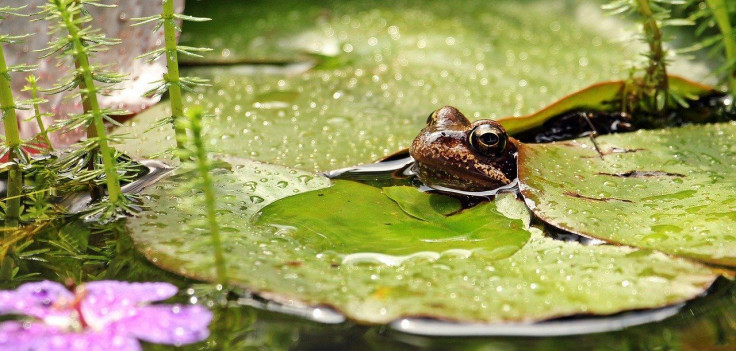How Amphibian Die-Offs Worsened Malaria Outbreaks
KEY POINTS
- A fungal disease spread among amphibians in the 1980s
- Malaria cases in Panama and Costa Rica increased soon after this
- Researchers found a causal relationship between the die-offs and spike in malaria cases
Researchers have found evidence that links the amphibian die-offs in the 1980s to a significant increase in malaria cases. The study shows how a change in the ecosystem can directly impact human health.
Last year, a team of researchers found that the Chytrid fungal disease contributed to a decline in over 500 amphibian species. The disease traveled across Panama and Costa Rica for decades. At the time, there were also significant increases in malaria cases, a news release from the American Geophysical Union (AGU) explained.
But could the two events possibly be related? That is what the researchers of a new study wanted to find out.
From die-offs to malaria cases
For their study, which will be presented at the AGU meeting on Dec.8, the researchers compared the timing of the amphibian die-offs and the malaria cases in Panama and Costa Rica. The idea was that when the amphibians that ate the malaria-carrying mosquitoes died because of the fungal disease, it's possible that the mosquitoes would thrive and therefore infect more people, the news release explained.
The researchers found increases in malaria cases "immediately" after the amphibian die-offs began, peaking some five to six years after. From less than 1,000 malaria cases in both countries in 1980, the numbers went up to 7,000 in Costa Rica by the mid-1990s and 5,000 in Panama by the mid-2000s, the news release noted.
According to the researchers, this shows a "causal relationship" between the decline in amphibians and the spread of malaria.
"This is like a small building block showing that there could be unwanted human health consequences of amphibian collapses, and so we should really be trying to account for these impacts," study co-author Joakim Weill, of the University of California Davis, said in the news release. "We really view this as an important first step leveraging this type of interdisciplinary work, trying to tease out a causal relationship between environmental change and human health."
Ecosystem ripple
The study showed how one aspect of the ecosystem can directly affect other species. Previous studies have also shown how losing a species can be bad, not just for the species itself, but also for the other species around it.
Earlier in the year, for instance, a team of researchers found that the 2004 Chytrid outbreak in Panama caused a significant decline in the snake populations that depended on amphibians for food.
The new study doesn't point to a decline in the species, but show how a disease-carrying species thrived in their absence. Either way, the loss of amphibian species caused a ripple in its ecosystem, which in this case led to thousands of malaria cases.
"This previously unidentified impact of biodiversity loss illustrates the often hidden human welfare costs of conservation failures," the researchers wrote in the abstract of their study. "These findings also show the importance of mitigating international trade-driven spread of similar emergent pathogens like Batrachochytrium salamandrivorans."

© Copyright IBTimes 2024. All rights reserved.






















